Have you ever felt compelled to return a favor after someone helped you? That’s the reciprocity mental model in action. This concept describes our natural urge to give back when others show kindness or support. It’s like an invisible thread connecting people through mutual goodwill—and it shapes how we interact daily.
This behavior isn’t new. For centuries, societies have relied on the rule of reciprocity to build trust. Think of it as a social glue: when someone holds the door for you, you’re more likely to help them later. Even small gestures, like bringing coffee for a coworker, can spark a cycle of collaboration. Why does this happen? Because we’re wired to value fairness and balance in relationships.
In workplaces, this idea becomes powerful. For example, leaders who actively acknowledge their team’s efforts often see higher morale and loyalty. It’s not about keeping score—it’s about fostering respect. Simple acts, like saying “thank you” or offering flexibility, create ripples of positivity.
Key Takeaways
- The reciprocity mental model drives people to return favors, creating mutual trust.
- It’s rooted in human behavior and spans cultures throughout history.
- Small, genuine gestures often trigger stronger connections than grand actions.
- In teams, this approach boosts collaboration without feeling transactional.
- Leaders can use it to strengthen relationships and workplace culture.
Understanding Reciprocity and Its Role in Relationships
What happens when a friend surprises you with lunch? You’ll likely want to treat them next time. This instinct isn’t random—it’s how human connections grow stronger through balanced exchanges.
Definition and Key Elements
At its core, reciprocity means mutual give-and-take. Three elements shape it:
| Element | Role | Example |
|---|---|---|
| Voluntary Acts | Actions driven by genuine intent, not obligation | Offering to babysit for a busy parent |
| Shared Value | Both parties benefit meaningfully | Exchanging career advice with a colleague |
| Timing | Balanced over time, not instantly | Returning a favor weeks later |
Importance in Social Interactions
Why do we feel this push to “pay back” kindness? It’s wired into our social DNA. Studies show people remember unsolicited favors longer than planned ones. For instance, helping a neighbor carry groceries often leads to them checking in during a storm.
These exchanges build trust. Think of coworkers covering shifts for each other. Over time, small acts create safety nets in relationships. They signal reliability without needing contracts or reminders.
Ever noticed how a handwritten thank-you note deepens bonds? It’s not about the paper—it’s the effort. When exchanges feel authentic, connections thrive. What mutual gesture could you initiate today?
History of The Reciprocity Mental Model

Long before supermarkets and smartphones, our ancestors relied on sharing to survive. Tribes traded tools, food, and skills to ensure everyone’s well-being. Imagine a hunter giving extra meat to a neighboring family during winter—this kept communities alive.
Ancient Cultures and Gift Exchange
In North America, Native American tribes held potlatch ceremonies. Leaders gave away blankets, canoes, and food to show status and strengthen alliances. These events weren’t just about stuff—they built trust across villages.
Around 2000 BCE, Mesopotamian traders exchanged grain for pottery along the Tigris River. Records show these deals included “bonus” gifts like spices to encourage future partnerships. Can you guess how this shaped early economies?
The Evolution Through Time
By the Middle Ages, European guilds shared trade secrets freely among members. A blacksmith might teach metalworking techniques, knowing others would later share new discoveries. This collective growth boosted entire towns.
Today, these age-old patterns still influence us. Ever received a free sample at a store? That’s rooted in ancient habits of offering value first. Our modern behavior around generosity traces back to survival strategies—like exchanging life-saving resources during droughts or wars.
The Reciprocity Mental Model in Everyday Life
Ever wonder why your neighbor brings you cookies after you watered their plants? These quiet exchanges fuel our daily connections. Let’s explore how this invisible force shapes ordinary moments.
Recognizing Hidden Exchanges
Small acts create big waves. A teacher stays late to help a student—next week, that student volunteers first in class. At home, taking out the trash without being asked often leads to surprise dessert nights. Why do these chains form?
| Factor | Impact | Real-World Example |
|---|---|---|
| Time | Delayed responses feel more genuine | Colleague covers shift → You help them 2 weeks later |
| Value | Personalized gestures matter most | Remembering a coworker’s coffee order |
| Power | Equal exchanges build trust fastest | Manager and intern swapping skill lessons |
Why We Can’t Ignore Kindness
Our brains release oxytocin when receiving help—that “warm glow” feeling. This chemical nudge makes us want to keep the good vibes flowing. Ever held a door for someone, then smiled when they did it for the next person?
Timing changes everything. Immediate returns feel forced, but waiting three days? That’s magic. A study found workplace favors returned within 72 hours strengthen teams best. When did you last pass along a good deed?
True connection lives in details. Noticing a friend’s new hobby and mentioning it later holds more power than expensive gifts. What value could you add to someone’s Tuesday?
How Reciprocity Shapes Business and Marketing Strategies

Why do companies offer free samples or helpful guides before asking for a sale? It’s simple: small acts of generosity create lasting bonds. When businesses give first, customers often feel motivated to return the favor—not out of duty, but genuine connection.
Building Customer Trust with Freebies
Starbucks’ birthday rewards program is a perfect example. Members get a free drink annually, which keeps 67% returning within a week to buy more. Free trials work similarly—Adobe’s Creative Cloud saw a 30% conversion rate after letting users test premium features.
Local bakeries also thrive this way. Handing out cookie samples at farmers’ markets often leads to repeat visits. One shop in Austin doubled its community following by pairing free treats with recipe cards. Why does this work? People remember who gave them value first.
Leveraging The Reciprocity Mental Model in Sales Techniques
Sales teams use knowledge sharing to build rapport. REI offers free outdoor skills classes, resulting in 40% of attendees buying gear that day. Chewy.com includes handwritten notes in orders—a gesture that boosted customer retention by 25%.
| Tactic | Outcome | Real-World Example |
|---|---|---|
| Exclusive Insights | Higher engagement | HubSpot’s free marketing templates |
| Personalized Service | Stronger loyalty | Nordstrom’s tailored styling advice |
These strategies don’t just boost sales—they create a community around shared values. What example could your business try this month?
Implementing Reciprocity in Business
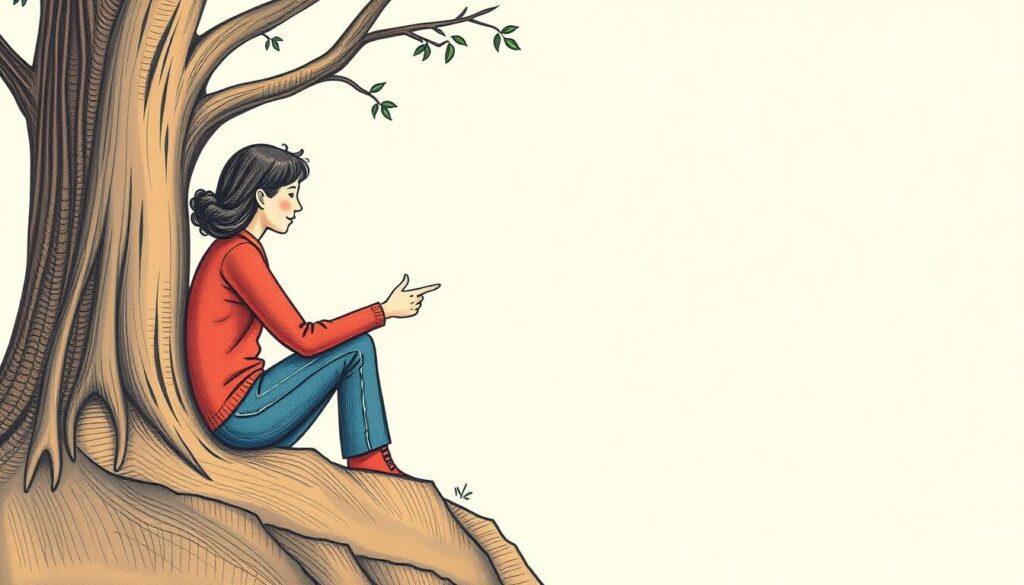
Successful businesses thrive by giving first—not waiting for customers to ask. This approach creates genuine connections that last. Let’s explore how to turn generosity into growth.
Giving First: The Power of Initiation
Start with small, meaningful acts. A local bookstore offers free reading guides to new visitors. Within weeks, 35% become regulars. Why? People remember generosity when it feels personal.
Try these ideas:
- Share free resources like checklists or templates
- Send handwritten thank-you notes with orders
- Offer exclusive early access to loyal clients
A bakery owner in Seattle includes surprise cookies with catering orders. This simple way of showing care boosted referrals by 40%. When you give without strings, people naturally want to support you back.
Crafting Unique Value Propositions
Understand what makes your audience tick. A fitness app founder noticed users loved progress tracking. They added free weekly coaching calls—retention jumped 22%.
| Strategy | Outcome | Example |
|---|---|---|
| Personalized Gifts | Builds emotional ties | Stationery shop adds custom name stamps |
| Skill Sharing | Establishes expertise | Marketing agency hosts free SEO workshops |
The right way to deliver value makes people feel seen. One software company’s free troubleshooting guide turned 1-in-5 readers into paying clients. What could your business share to spark that feeling?
True connection starts when you focus on others’ needs first. How might a giving-first mindset reshape your next customer interaction?
Understanding Reciprocity in Personal Relationships
When was the last time a small favor made you feel closer to someone? Relationships thrive when both people actively meet each other’s needs—not because they have to, but because they want to. Think of friends who swap pet-sitting duties or siblings who take turns driving to family events. These quiet exchanges build invisible bridges of trust.
Strengthening Bonds Through Mutual Favors
Imagine your partner handles laundry without being asked. You might naturally cook their favorite meal later. Why? Acts of care create a loop where both sides feel valued. Studies show couples who split household chores report higher satisfaction—not because tasks are equal, but because effort is acknowledged.
Here’s how it works in daily life:
- A friend listens to your work stress → You surprise them with coffee next week
- Your sibling helps you move → You babysit their kids for a date night
These moments matter most when they’re unprompted. For example, offering to fix a neighbor’s fence after a storm often leads to shared meals or gardening tips. It’s not about keeping score—it’s about showing you need and appreciate each other.
Ever noticed how saying “Can I request your advice?” feels better than demanding help? Framing asks as invitations strengthens connections. A simple “I value your experience” makes others feel respected, not used.
Try this today: Reflect on one relationship. What small request or gesture could deepen your bond? Maybe text a cousin to check in or plan a game night with roommates. Tiny investments in mutual needs create lasting experiences of trust—the kind that outshines grand gestures.
Power of Unsolicited Favors and Their Impact
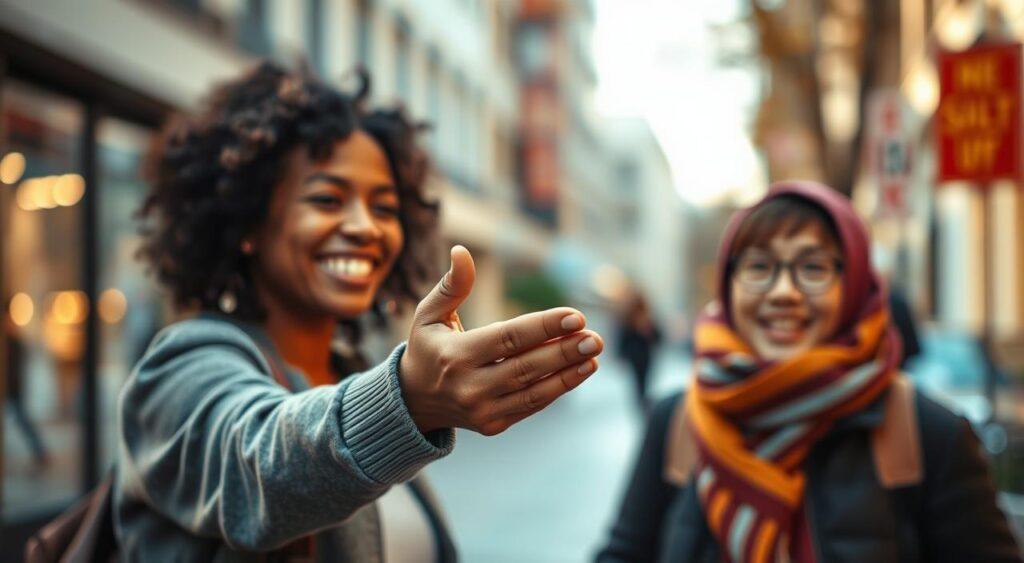
Imagine walking into a store and getting a free product sample without asking. That unexpected gesture often makes you linger—and maybe buy something. Unsolicited favors are actions given freely, without requests or strings attached. They work because they tap into our natural tendency to appreciate surprises in a transactional world.
Small Gestures Leading to Big Returns
Why do unasked-for acts create such strong reactions? When someone helps you carry boxes or shares useful tips, it feels personal. Take Costco’s free samples—studies show 70% of shoppers buy sampled products. Or consider a coworker who brings your favorite snack after noticing your tough day. These moments build bridges.
| Action | Outcome | Real Example |
|---|---|---|
| Free Product Trial | Higher conversion rates | Adobe’s 7-day Creative Cloud access |
| Unexpected Gift | Strengthened loyalty | Zappos’ surprise upgrades to express shipping |
The modern world thrives on quick exchanges, but unprompted kindness stands out. A tech company founder once shared design templates with competitors. Within months, referrals from those firms doubled her client base. Why? People remember who added value first.
This human tendency isn’t about manipulation—it’s connection. When you fix a neighbor’s mailbox or email a helpful article, you spark goodwill. Most return favors not from obligation, but genuine desire. What small act could ripple through your business world this week?
Psychological and Behavioral Insights into Reciprocity
Ever felt a sudden urge to repay a friend’s kindness? That internal nudge comes from deep-rooted wiring in our brains. Researchers at the University of Zurich found that unequal exchanges activate the prefrontal cortex—the area linked to fairness. This explains why we care about balancing give-and-take, even with strangers.
Cognitive Drivers Behind Reciprocal Actions
Our brains release dopamine when we return favors. A 2017 study showed participants who repaid small loans felt 23% happier than those who didn’t. This chemical reward system pushes us to maintain social harmony. Think of splitting a dinner bill evenly—even if costs differ, we adjust next time to feel balanced.
Behavioral Patterns in Social Exchanges
Why do people feel obligated to return help? Social norms act like invisible contracts. In one experiment, participants given free coffee cards were 68% more likely to donate to a cause later. The unspoken rule: “They helped me, so I should help back.”
| Factor | Brain Response | Real-Life Example |
|---|---|---|
| Fairness Monitoring | Prefrontal cortex activity spikes | Offering gas money after a ride |
| Obligation Triggers | Dopamine release upon repayment | Babysitting for a friend who helped you move |
| Delayed Returns | Stronger trust signals over time | Gifting holiday cookies months after a favor |
These patterns aren’t forced—they’re instinctive. A neighbor shoveling your walkway makes you feel obligated to water their plants. It’s how communities thrive. When did you last care enough to tip the scales toward balance?
The Reciprocity in Negotiations and Conflict Resolution
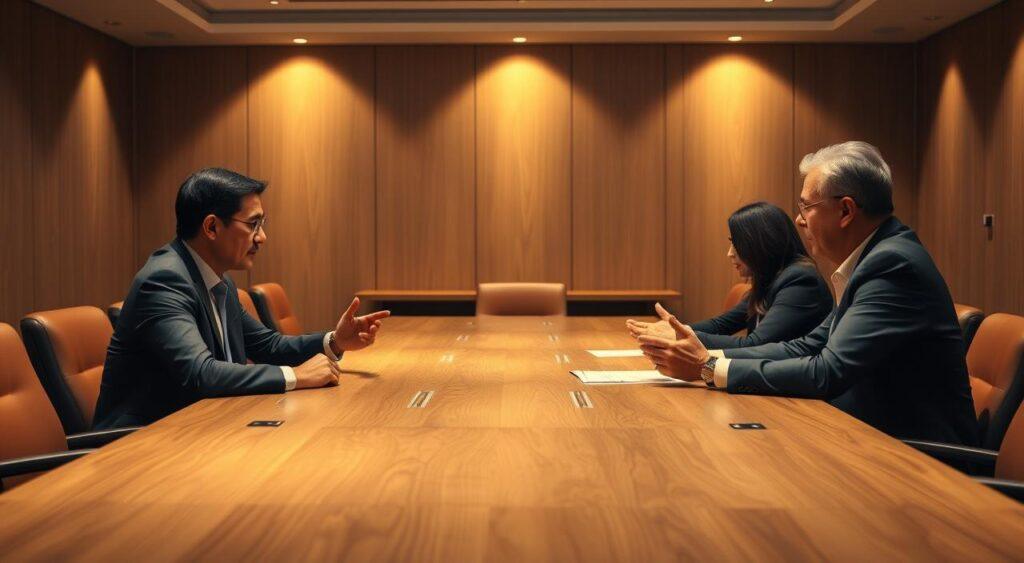
What if resolving a disagreement started with offering help instead of demands? This approach lies at the heart of effective negotiation strategies. By leading with an initial favor—like sharing resources or adjusting deadlines—you create space for collaborative solutions.
Utilizing Reciprocal Actions in Persuasion
Small gestures often break deadlocks. For example, a business owner might offer flexible payment terms during contract talks. This something value gesture frequently leads clients to agree to longer-term commitments. One study found 58% of negotiators reciprocate concessions when given unexpected flexibility.
| Strategy | Outcome | Real Example |
|---|---|---|
| Offer Flexible Terms | Builds goodwill for compromise | Software company allows delayed payments → Client signs 2-year deal |
| Share Useful Insights | Encourages information exchange | Realtor provides neighborhood data → Buyer shares budget details |
| Acknowledge Concerns First | Reduces defensiveness | Manager validates employee’s workload → Team member suggests efficiency fixes |
Timing matters. A well-placed concession—like adjusting project timelines after a partner faces setbacks—often triggers an obligated return. This mirrors the rule of reciprocal exchange seen in social psychology.
Ever faced a neighbor dispute over noise? Try lending them your portable AC unit during a heatwave. Many find this something value approach softens tensions better than complaints. Could testing this strategy turn your next conflict into a win-win?
Comparing Reciprocity and Social Proof
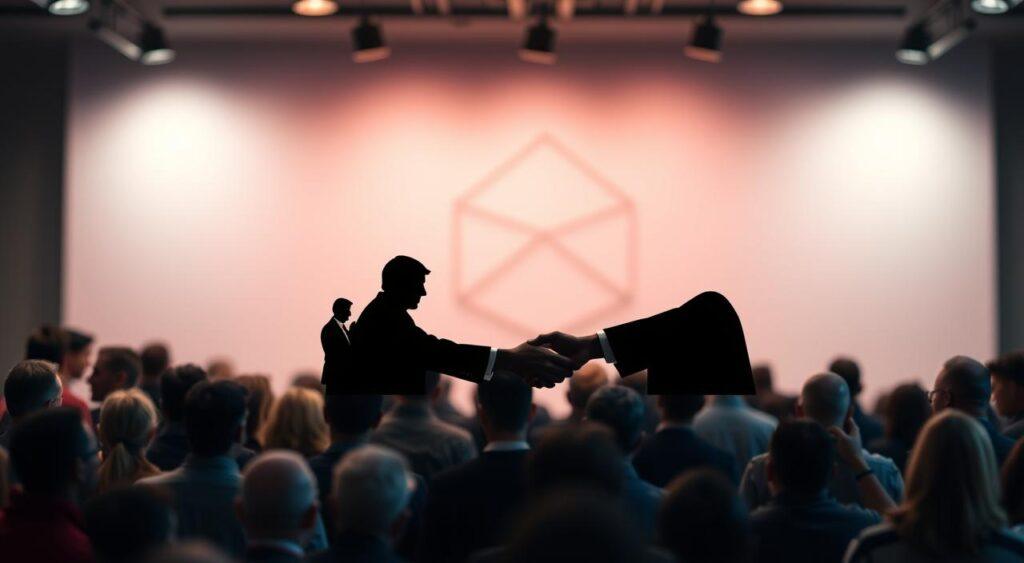
Ever notice how crowded restaurants attract more customers? That’s social proof—the tendency to follow others’ actions. While similar to reciprocity in shaping decisions, these forces work in across different ways. Let’s unpack how they compare.
Key Similarities and Differences
Social proof relies on group behavior. For example, people buy products with 5-star reviews because others approved them. The reciprocity mental model thrives on personal exchanges—like returning a favor after receiving help. Both are deeply ingrained in human behavior but activate distinct thought patterns.
| Aspect | Reciprocity | Social Proof |
|---|---|---|
| Driver | Personal obligation | Group influence |
| Focus | One-on-one exchanges | Collective trends |
| Response Time | Delayed (builds trust) | Immediate (creates urgency) |
These principles often team up. A bakery offering free samples (reciprocity) while displaying a “Local Favorite” sign (social proof) doubles its appeal. Yet their effects on better mental outcomes differ. Reciprocity fosters loyalty through personalized gestures, while social proof speeds decisions by reducing uncertainty.
Need to boost sales? Social proof works wonders for new products. Building long-term trust? Focus on reciprocal acts. Which strategy aligns with your next goal?
Cultural Variations in the Expression of Reciprocity
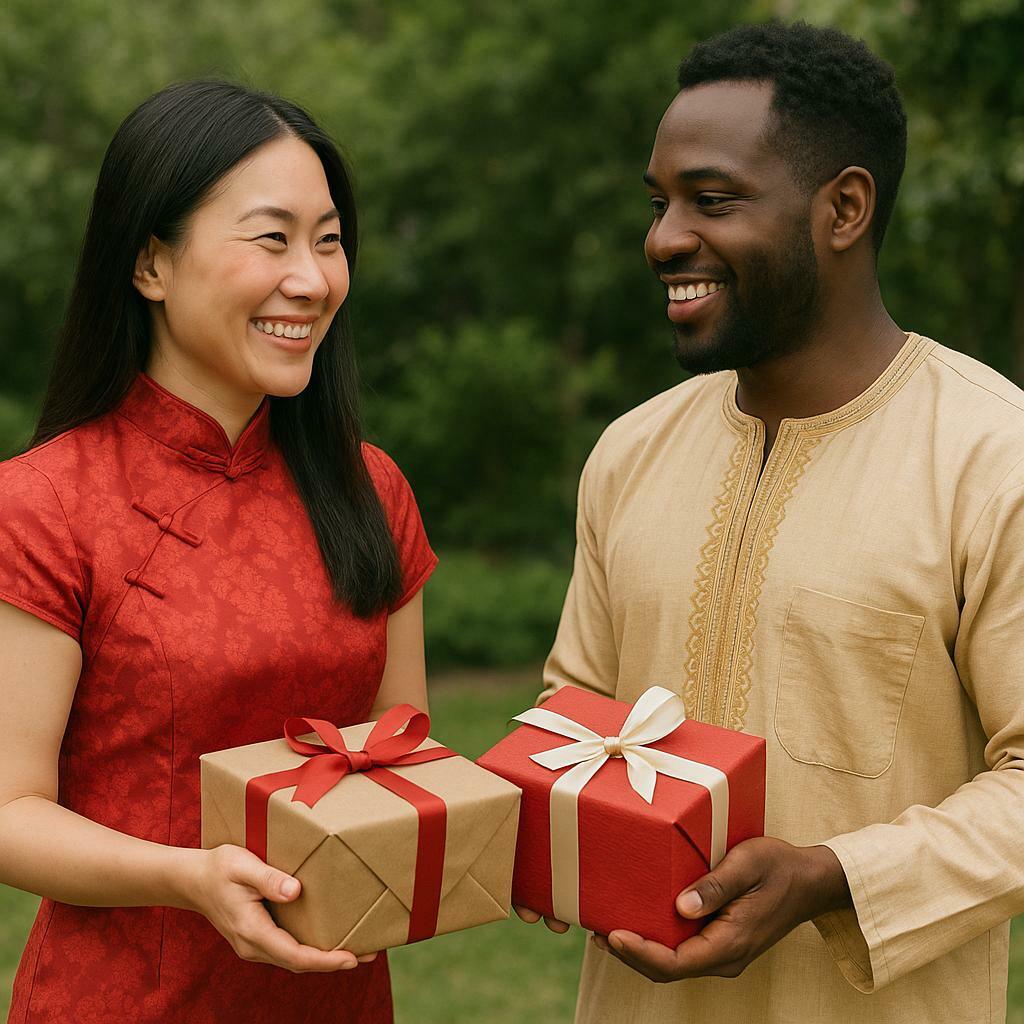
Why do some cultures exchange gifts with both hands while others avoid wrapping in black? The principle of reciprocity adapts to local customs, shaping how people express care worldwide. From Tokyo’s department stores to Bedouin tents, acts of giving carry unique meanings rooted in tradition.
Global Perspectives on Gift-Giving
In Japan, bringing omiyage (souvenirs) from trips is expected. These small treats show thoughtfulness toward coworkers or neighbors. Forget this, and you might unintentionally strain relationships. Contrast this with Middle Eastern cultures, where refusing coffee during a visit can seem rude—hospitality here signals respect.
| Region | Tradition | Daily Life Impact |
|---|---|---|
| China | Red envelopes with money for holidays | Strengthens family bonds |
| Mexico | Sharing homemade tamales during festivals | Builds community trust |
Cultural Norms and Expectations
Some societies emphasize immediate returns. In India, giving sweets during Diwali often leads to reciprocal gifts within days. Others, like Scandinavian countries, focus on long-term balance. A Norwegian might wait months to repay a dinner invitation, valuing spontaneity over obligation.
How does gratitude and appreciation show up differently? In South Korea, bowing deeply conveys thanks without words. Meanwhile, New Zealand’s Māori culture values koha—donations given freely during gatherings. These gestures, while distinct, all honor shared principles of exchange.
Ever wondered how your background shapes your giving habits? Whether you write thank-you cards or cook meals for friends, cultural roots quietly guide your acts of gratitude and appreciation. What traditions influence your daily life exchanges?
Case Studies: Reciprocity in Action
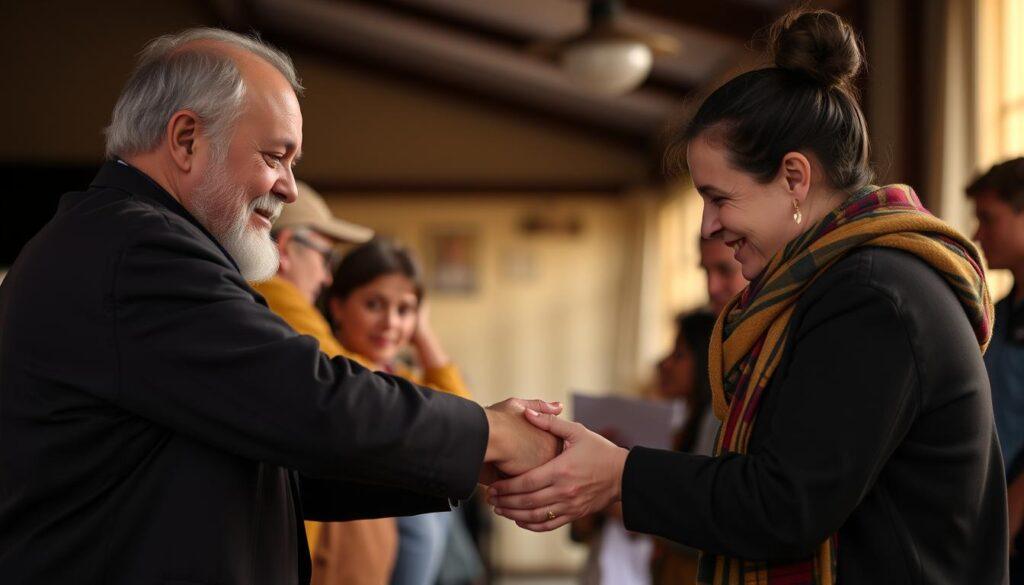
Ever received a free e-book that made you curious about the company? Real-world examples show how giving back creates lasting bonds. Let’s explore how businesses and individuals turn generosity into growth.
Business Wins Through Generosity
HubSpot built loyalty by sharing free marketing templates. Over 500,000 downloads led to a 17% increase in premium sign-ups. Why? People remember who offers valuable information first.
| Company | Strategy | Result |
|---|---|---|
| Lush Cosmetics | Free samples with personalized skincare tips | 42% repeat customers within 30 days |
| Duolingo | Free language lessons with streak rewards | 3M+ paid subscribers in 2 years |
Everyday Moments and The Reciprocity Mental Model
A teacher helped a student’s family find housing during a crisis. Months later, the parent organized a school supply drive. These actions others take often spark chains of goodwill.
Consider these win-win situations:
- Babysitting for a neighbor leads to shared grocery runs
- Sharing career advice results in job referrals
One nurse started baking muffins for her night-shift team. Soon, others began covering breaks voluntarily. Small giving back gestures build trust faster than formal policies.
How could you share valuable information or support today? Maybe forward a helpful article or offer to proofread a colleague’s work. Notice how actions others appreciate most often cost little but mean much.
Metrics and Analyses: Measuring the Effectiveness of Reciprocity

How do businesses prove that kindness pays off? By tracking results. A 2023 study found teams practicing mutual support saw a 34% drop in workplace anxiety. Let’s explore how data reveals the power of thoughtful exchanges.
Evaluating Reciprocal Behaviors
Companies measure success through clear metrics. For example, a café offering free pastry samples tracked a 28% rise in same-day purchases. Online brands use tools like Net Promoter Scores to gauge loyalty after surprise upgrades or discounts.
| Method | Outcome | Example |
|---|---|---|
| Repeat Purchase Rate | Shows loyalty from giveaways | Sephora’s birthday gifts boost annual sales |
| Employee Surveys | Links support to reduced stress | Tech firm’s mentorship program cut burnout by 41% |
Psychologists found people who regularly exchange favors report 19% lower stress levels. Why? Balanced relationships reduce uncertainty. Imagine a neighbor who shovels your walkway—you’re less worried about asking them for help later.
In business, free trials convert 22% faster when paired with personalized check-ins. A skincare brand saw 3x returns after sending customers “how-to” videos with orders. Small gestures, measured well, create ripples.
Could tracking your daily favor swaps improve teamwork or sales? Start simple: note how often others reciprocate after you offer support. The data might surprise you.
Challenges and Pitfalls of Reciprocity
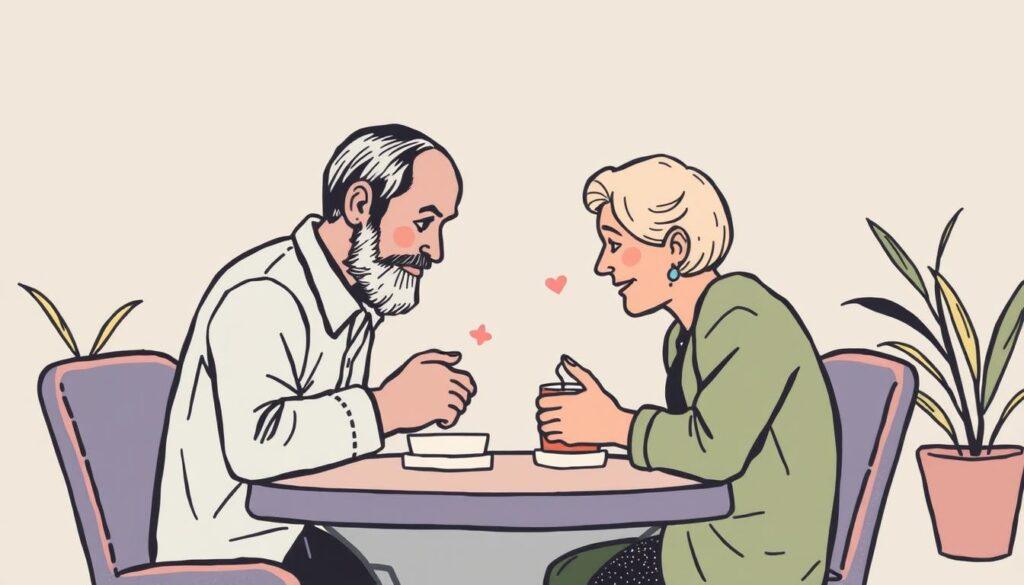
Ever felt stressed trying to match someone’s generosity? While mutual exchanges build trust, they can also create pressure when expectations clash. Let’s explore how to keep relationships healthy and balanced.
Spotting Unbalanced Exchanges
Gifts or favors shouldn’t feel like debts. A study found 1 in 3 people feel trapped when friends give lavish birthday presents they can’t afford to match. Imagine your coworker brings lunch daily—soon, you might dread their kindness instead of appreciating it.
| Situation | Risk | Solution |
|---|---|---|
| Over-Gifting | Creates financial strain | Set a spending limit for holidays |
| Constant Favors | Leads to burnout | Politely decline non-urgent requests |
| One-Sided Support | Breeds resentment | Rotate who initiates help |
Businesses face similar issues. A bakery offering free samples daily saw profits drop 18%—they forgot to balance generosity with sustainability. Resources like time or money need careful management to avoid exhaustion.
How can individuals prevent these traps?
- Communicate early: “I appreciate your help, but let’s take turns planning meetings.”
- Focus on quality: One thoughtful gesture beats five rushed ones.
- Track patterns: Notice if you’re always giving or receiving.
Remember: Healthy exchanges flow naturally. If you’re tallying favors like grocery receipts, it’s time to reset. What small step could you take today to ease relationship pressures?
Innovative Strategies to Enhance Reciprocity in Various Sectors

What if your favorite app could nudge you to pay kindness forward? Modern tools are reshaping how we connect and support others. From neighborhood platforms to corporate programs, fresh approaches tackle common factors that cause goodwill to fade.
Tech-Driven Approaches
LinkedIn’s skill endorsement feature shows how digital platforms encourage mutual support. Users who receive endorsements are 43% more likely to return the gesture. Apps like BeMyEye reward shoppers for verifying store displays—points earned can be donated to charities or swapped for discounts.
| Platform | Strategy | Impact |
|---|---|---|
| Nextdoor | Favor Exchange Board | 72% users report stronger local ties |
| Patreon | Exclusive content for supporters | 35% higher monthly retention |
Community and Relationship Building
Local Facebook groups now host “tool libraries” where neighbors share drills or ladders. One Denver group reduced equipment loss by 89% using simple QR code checkouts. Fitness app Strava lets athletes give virtual “shoutouts,” creating chains of encouragement.
| Strategy | Key Factor Addressed | Outcome |
|---|---|---|
| Virtual Volunteer Matching | Saves time | Double participation in food drives |
| Corporate Kudos Systems | Builds visibility | 41% rise in peer recognition |
Could your business use AI to suggest personalized favors? Imagine software that reminds teams: “Jamal helped you last week—consider reviewing his project draft.” Small tech tweaks make balancing exchanges effortless. How might you redesign one process today?
Conclusion
Think about the last time someone’s thoughtful gesture made you smile. These everyday interactions reveal a timeless truth: giving and receiving create bonds that shape our lives. From ancient trade networks to modern workplaces, balanced exchanges build trust and cooperation.
Studies and historical models show that small acts—like sharing knowledge or offering support—often spark lasting partnerships. Businesses thrive when they prioritize value-first strategies, while personal relationships deepen through unprompted kindness. Data analyses confirm that teams practicing mutual support see measurable boosts in morale and productivity.
Yet balance remains key. Overdoing favors can strain connections, while thoughtful gestures foster organic growth. Whether it’s a handwritten note or flexible project timelines, authenticity matters most.
Understanding these patterns helps us navigate both boardrooms and living rooms with greater awareness. The next time you receive help, notice how it inspires you to pay it forward. What small act of goodwill could you start today?


